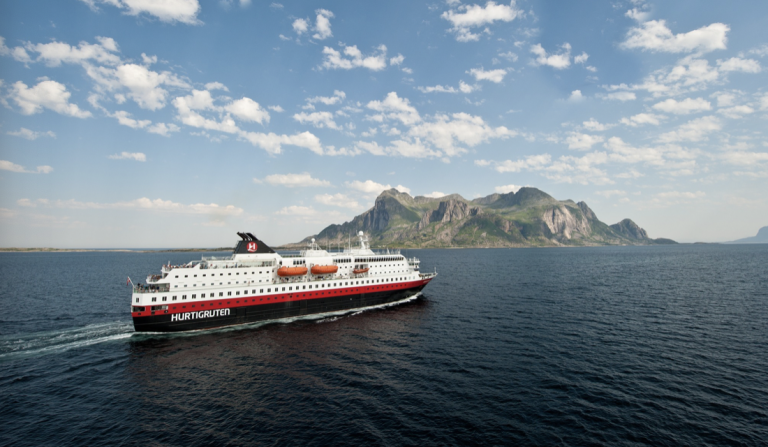Cruise Lines International Association has released the findings of its 2022 Global Cruise Industry Environmental Technologies and Practices Report, keeping track of their progress towards their 2050 vision of net-zero carbon cruising across the world.
President and CEO, CLIA, Kelly Craighead said: “Innovation and engineering are at the heart of the industry’s vision for net zero carbon cruising.
“The cruise industry continues to lead the way by investing billions to incorporate new technologies, accelerate development of sustainable marine fuels—in particular, engines capable of using sustainable marine fuels—and enable shoreside electricity connectivity on existing and new ships. These are the fundamental building blocks for the decarbonisation of global shipping, and we are acting now for the future.”
Key to the report is the driving home of cruises role in innovating new environmental technologies and sustainability strategies, for example 15% of vessels launched over the next five years will be compatible with fuel cells or batteries and 85% of ships that will start sailing between now and 2028 will have the capability to plug into shoreside electricity.
Chairman of CLIA Global, Pierfrancesco Vago spoke on this: “The cruise industry has always been and will continue to be at the cutting edge of innovation when it comes to environmental and maritime technologies.
“For this next phase of our journey to net-zero as an industry, we now need clear support from governments and policy-makers to ensure that the right infrastructure is developed also on land and to encourage the investment and innovation that will be required for the development of sustainable marine fuels at scale.”
The key four points of the report covered progress in shore-side power capability, use of liquefied natural gas, exhausted gas cleaning systems and advanced wastewater treatment systems.
The report revealed that 40% of CLIA ships are fitted for operation of of shore-side electricity, that figure is going up 20% year over year, however, unfortunately connecting to this power is only possible in less than 2% of ports worldwide.
It was also discovered that 61% of new-built ships will use liquefied natural gas for primary propulsion, use of LNG leads to significant reductions in nitrogen, sulphur and particulate matter emissions.
There was also evidence of significant investment across exhaust gas cleaning systems and advanced wastewater treatment systems.
Earlier this year CLIA announced its commitment to net-zero carbon cruising by 2050, with this report reflecting the first official monitoring towards that goal.
For more information, click here









